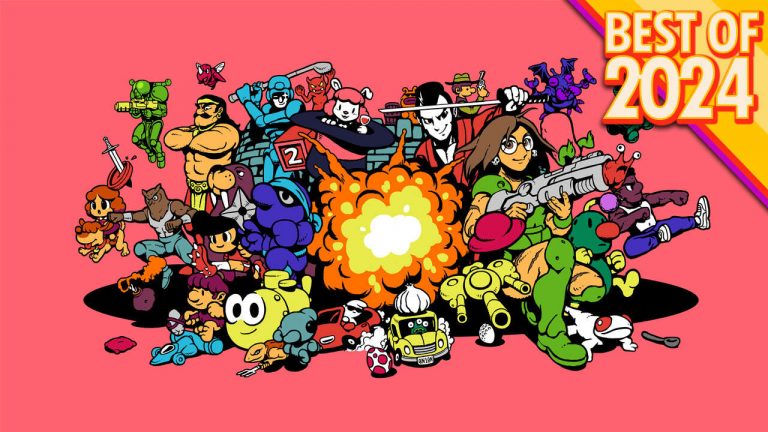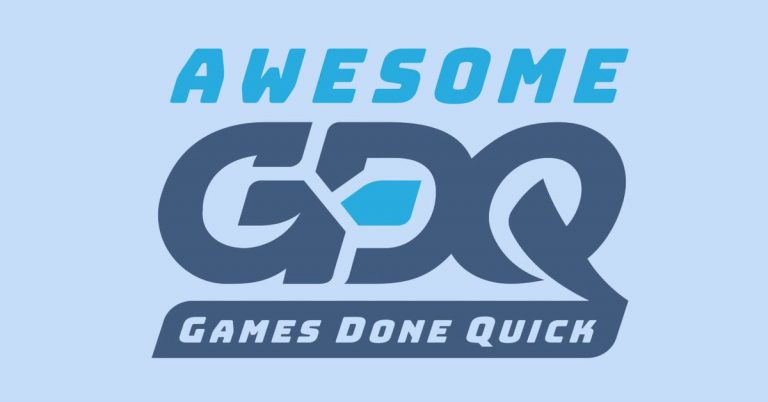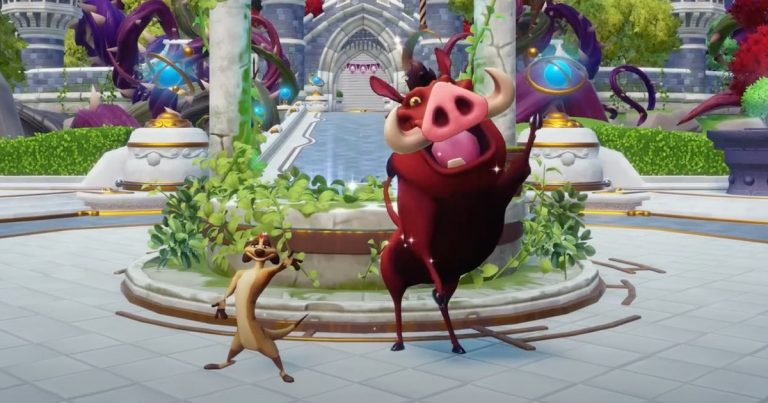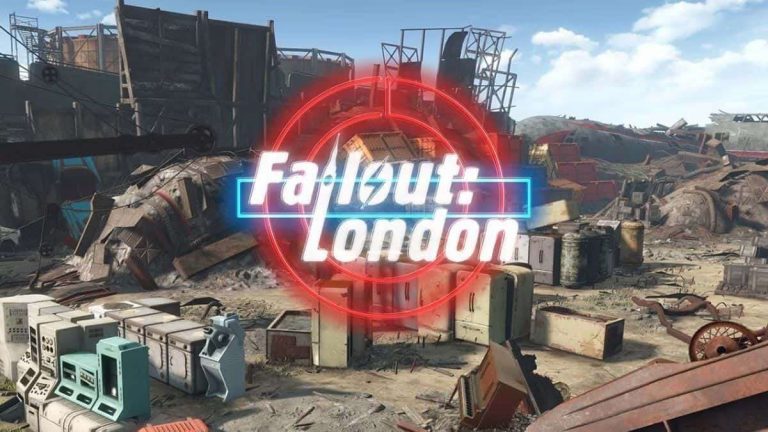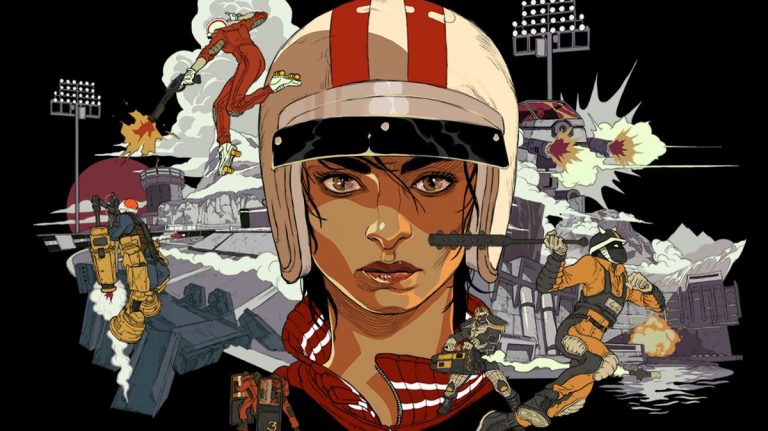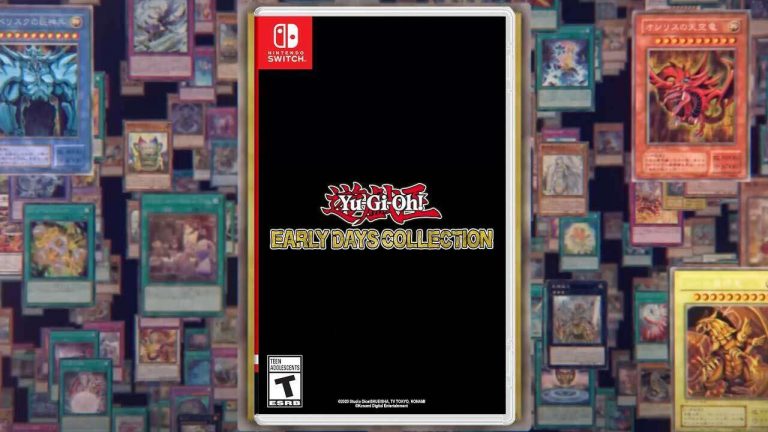The Silent Hill 2 Remake Is Significantly Better Than The Trailers You’ve Seen

There is no genre quite like horror. At its best, it’s so much more than guts and gore, or tired tropes and torture scenes. It’s self-reflection. It’s catharsis.
It’s entering an implicit agreement with a work’s creator: If you spill your guts out to me (metaphorically or perhaps literally), then I will wade through my own, hold them up, and take note of what makes ours similar to one another. While there are certainly qualities that make for a “good” work of horror, the transcendent variety is subjective; it relies on your own fears, traumas, and beliefs to create resonance with what’s laid before you. The more vulnerable a work is, the greater its opportunity to connect with–or possibly alienate–its audience. This is precisely what makes Silent Hill 2 such a memorable and pivotal entry in the horror game genre–it’s sheer vulnerability creates a game wherein even alienation feels like connection.
I say all this to emphasize that the upcoming remake of this 23 year-old game is an incredibly exciting prospect to me. Though the original holds up well, there’s no denying that it feels quite dated–and not always in an endearing, “time capsule” kind of way. There’s also no denying that the game is incredibly influential; its DNA is woven into countless horror games and horror-adjacent titles, with last year’s Alan Wake 2 proving that, even decades later, this continues to be true. This ultimately elevates Silent Hill 2’s status from “great game” to a “genre essential,” albeit one that is frustrating to play–or even simply access–at the moment. A remake, then, seems entirely warranted.
However, following Konami’s recent treatment of the Silent Hill series–and production partner Bloober’s own perceived missteps–many have wondered if the company truly has a grasp on what makes Silent Hill 2 so special and whether it can effectively remake it. It’s a fair question, especially after a handful of less-than-impressive trailers. And it’s one I kept in mind as I spoke to some of Konami and Bloober’s lead developers and played about three hours of the Silent Hill 2 remake at Konami’s Tokyo headquarters. While brief conversations and my jaunt through the game’s opening hours (including the infamous Wood Side Apartments) can’t make for a complete answer, what I saw left me impressed; assuming the game’s tone remains in place and that what I played is a proper indication of what’s to come, the upcoming remake could be an exceptional and reverent experience.
Reverence was a consistent feeling throughout my playthrough, as Silent Hill 2 is an incredibly faithful adaptation helmed by a mix of the original game’s key developers–who repeatedly expressed their own awe at the game a group of young, scrappy developers managed to pull off–and fresh faces who cite Silent Hill 2 as among their greatest inspirations. I was pleased to note that the game didn’t feel entirely reconstructed or reinterpreted as a means to satisfy perceived modern demands, nor does it feel swayed by the urge to add in more jump scares, viscera, or plain ol’ content. The game begins the same way it always has , with James examining himself in a derelict bathroom mirror and explaining, somewhat chillingly, what brings him to Silent Hill. James’ new voice actor Luke Roberts nails the delivery of this and every one of his monologues, managing to sound both Completely Normal while also slightly… off. Breathy. Dissociative.
As he makes his way down the winding, fog-drenched footpath that leads to Silent Hill, he passes a familiar red symbol–one of those long-forgotten save points that, yes, remain vital and are the only form of saving progress in the remake. James then offers the same strange, meta remark he did in the original game: “Looking at this makes me feel like someone’s groping around inside my skull.” Though it seems a small thing to be excited by, the game’s retention of these minor, surreal situations. (“There was a hole here. It’s gone now.” is another that comes to mind and is still present) feels like proof that the team understands how these quiet moments ultimately establish a more extreme level of dread than a high-fidelity Pyramid Head jumpscare might.

In fact, just the sheer retention of the game’s opening slow burn feels like a triumph. According to Bloober Team’s Maciej Glomg, the lead producer of Silent Hill 2 Remake, the team did attempt to develop a faster-paced opening to the game before realizing it simply didn’t feel right. Silent Hill 2 earns and relies upon the way its opening minutes–and the grotesque creatures found within them–crawl.
Similarly, the team repeatedly noted that Silent Hill 2 is “not a combat-oriented game.” It is not fast-paced. It is not punchy. The same can be said for its remake, which improves upon combat by making things a bit more fluid and adding an extremely helpful dodge button and an aiming reticle, but does not necessarily overhaul the overall experience. For some, this could be frustrating, as it still has a light dusting of PS2 jank, for lack of a better term, that something like the Resident Evil remakes have more or less done away with. However, I found that the remake’s combat actually feels perfectly in service to the rest of the game. Part of what makes Silent Hill 2 as terrifying as it is are those small bursts of panic and tension that arise from its cumbersome combat; the remake seems to accept and build upon this, taking away the more unruly and frustrating aspects of combat while letting the game retain its sense of friction. Combat feels solid in Silent Hill 2, but it’s not at the forefront.
Fortunately, the team being so forthcoming about that means that combat is treated truly as a secondary part and doesn’t feel awkwardly pushed to the front and promoted only for it to feel less polished than your average survival horror game in 2024. Another way they emphasize this within the game is by retaining the remaster’s choice to separate the combat and puzzle difficulty settings, allowing you to fine-tune your experience and select what level you wish to engage your brain or brawn. It’s also worth noting that the main menu contains an impressive amount of accessibility options; we’re talking pages of them. Whether a player has visual, auditory, or motor impairments–or merely likes to be able to tweak a robust amount of playstyle preferences–the option to do so probably exists in Silent Hill 2’s remake. You can change the color and boldness of your reticle, alter the game’s color palette to adjust for multiple types of color blindness, set text to account for dyslexia, and more. This is just another way Silent Hill 2 emphasizes constant, meaningful upgrades rather than embracing complete AAA modernity at any cost.


Of course I can’t gloss over the most drastic of all these changes: the game’s visuals. With the recent and ongoing wave of remasters, remakes, and the like, the number one thing I ask myself when playing one of them is, “Does this feel like an attempt to make things sleek and modern, or did they successfully create the bridge between what was once there and how my imagination expanded it when I played it years ago?” The Silent Hill 2 remake does the latter, and it does it exceedingly well. And this was a welcome surprise, considering how rough some of the trailers published by Konami and Bloober look.
The Silent Hill 2 remake is a gorgeous game that doesn’t abandon the grime, grotesquerie, and yes, fog, that made the original game so mesmerizing. In fact, it regularly amps it up. Locations are expanded upon, with a handful of new buildings and eerie shops to walk through and plenty of smaller details and objects that make the world seem more grounded in reality–even if that reality is one of horrific isolation. Neely’s Bar, for example, no longer feels like merely a small, derelict cube, but looks like an actual abandoned bar. And, as you stumble upon notes from off-kilter former residents, these locations transform into places with greater meaning.


And yet everything still feels the same. It still feels like Silent Hill. Suffocating. A place where the air feels tainted by a tangy, metallic scent and its people, hellish cerebral forces. Though there was some uncertainty around the game’s character models, those I encountered–while not on the same level as the game’s environments–looked surprisingly good. Though Angela’s appearance in trailers seemed a bit off, to put it lightly, I found that her movements and VO were not particularly jarring in game. And yet, what impressed me more than anything I’ve listed so far was the game’s music and audio.
According to Silent Hill 2 composer Akira Yamaoka, creating a new yet reminiscent soundtrack for Silent Hill 2 Remake was incredibly important to him; however, doing so proved to be not only a difficult process, but an impossible one. Yamaoka said he tried repeatedly to enter the same mindset he was in when he composed the original title’s music; mid-20s and “financially unstable,” he added with a laugh. He recounted how he didn’t own a bass guitar at the time of recording, meaning he was resigned to tuning his guitar extremely low to create the same effect.
Yamaoka admitted that there was no going back to that space; that that younger version of himself felt foreign to him now. And yet, none of that was apparent when I listened to his new take on the iconic soundtrack. Though the game’s music has been reworked, it feels familiar, with its iconic motifs wrapped in all-new layers of dissonance, static, synth, and intensity. And along with the new music is a focus on 3D “depth-oriented sound direction,” meaning steps, scrapes, creaks, moans, and shrieks feels even more unsettling (though remarkably more helpful, as well).


While tracks I heard felt similar to what already existed, everything feels a bit deeper now, a bit darker. And it works incredibly well. As danger encroaches out on the streets of South East Vale, sharp, abrupt, and dissonant chords get your heart beating faster. In especially tense situations, the sound takes on a life of its own; it feels like it is breathing alongside you. As you approach Pyramid Head for the first time, his hulking frame staring blankly from behind a set of bars, the synth and accompanying static are horrifying. Despite him doing nothing, it was the scariest portion of the already frightening preview.
In short, I was incredibly impressed by the time I spent with Silent Hill 2 Remake. It is surreal, cerebral, horrifying, and grotesque–all of the things that made the original title such a remarkable title not only for Konami, but for the horror genre as well. Considering I was resigned to the game’s beginning hours (and it’s worth nothing here that I’d estimate we’re looking at a 8 or so hour experience in total based on what I managed to accomplish within the three or so we were given), it’s hard to tell if the game will nail its tone and message; if certain plot twists will remain as vile and unnerving and the studio will fully commit to creating a suffocating, psychological hell above all else. But after my time with Silent Hill 2 Remake–and after months of witnessing the internet (and myself) hem and haw on whether or not this Remake even has the capacity to be great–I am no longer on the fence. I am thrilled the wait for the full experience is almost over, and will be brushing up on my bravery until the game launches on October 8.
Source: www.gamespot.com

